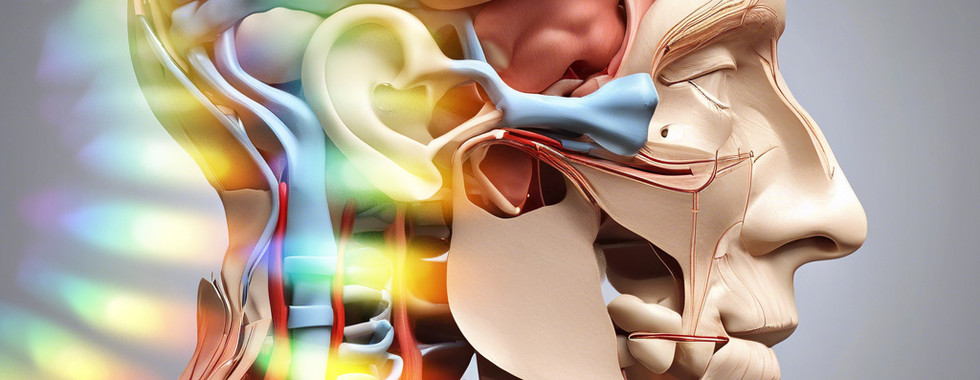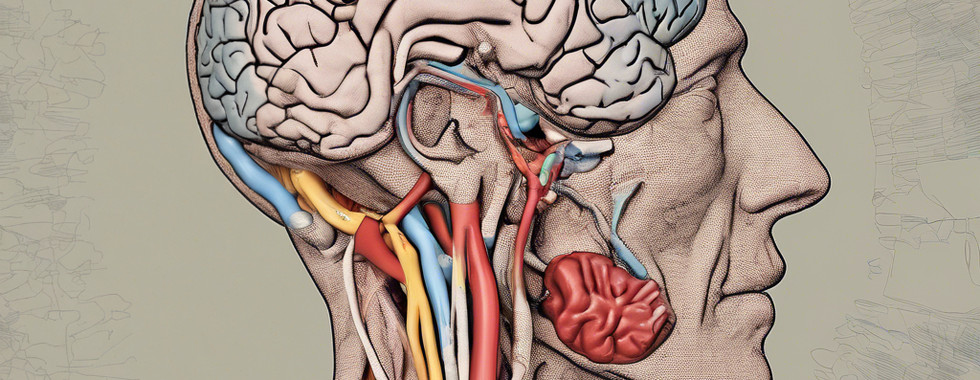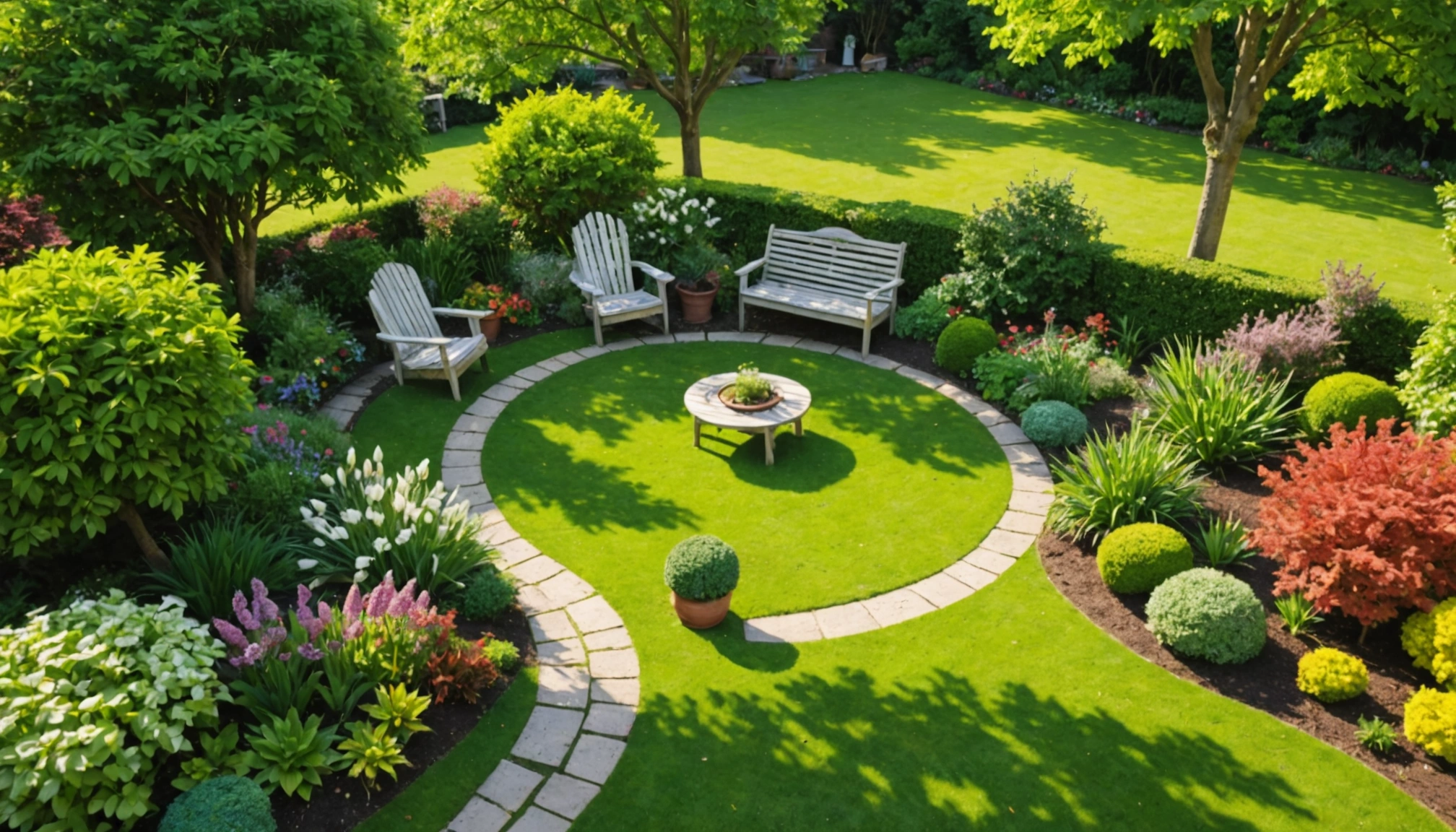Uncovering the Power of ARTESEROSTEK and Neuroplasticity in the Development of Creative Organic Intelligence (C.O.I) after Stroke: A New Frontier
- Franco Arteseros
- Mar 7
- 4 min read
The recovery journey after a stroke can be challenging and often focuses primarily on regaining lost physical abilities. However, recent studies show a significant shift towards leveraging neuroplasticity to foster Creative Organic Intelligence (C.O.I). This promising approach introduces an innovative framework called ARTESEROSTEK. By exploring the interplay among ARTESEROSTEK, muscle memory, and neuroplasticity, we can discover new avenues for rehabilitation and personal growth for stroke survivors.

Understanding ARTESEROSTEK
ARTESEROSTEK is a multidisciplinary approach that seamlessly integrates the arts, sciences, and technology to promote healing and personal development. This holistic method not only assists physical recovery but also nurtures cognitive and emotional health.

Through various art forms—like painting, music, and dance—ARTESEROSTEK creates a nurturing space for stroke survivors. For instance, a 2022 study found that engaging in art therapy improved emotional well-being by 35% among participants recovering from strokes. By focusing on creative expression, individuals can facilitate emotional release and enhance cognitive engagement, making ARTESEROSTEK a valuable tool in stroke rehabilitation.

The Role of Muscle Memory in Recovery
Muscle memory is crucial in rehabilitation after a stroke, reflecting the brain's ability to retain past movements and skills. For stroke survivors, reactivating these stored patterns can significantly enhance motor functions and facilitate the relearning of daily activities.
Repetitive exercises can strengthen the neural pathways involved in movement. Neuroplasticity, the brain’s ability to reorganize itself after injury, plays an essential role in this process. For example, studies indicate that engaging in repetitive tasks can increase recovery rates by up to 50%. By incorporating muscle memory into rehabilitation programs, patients can rebuild essential connections, empowering them to gain independence and confidence in their abilities.

Neuroplasticity: The Brain’s Remarkable Adaptation
Neuroplasticity means the brain's ability to adapt and rewire itself throughout life. After a stroke, the brain compensates for injury by remapping and creating new connections, paving the way for recovery.

To encourage neuroplasticity, stroke survivors need to engage in challenging and novel activities that expand their cognitive limits. This is where ARTESEROSTEK shines. Engaging in creative tasks—such as painting, dancing, or playing an instrument—not only enhances muscle coordination but also boosts cognitive abilities like memory and problem-solving. A study from the American Stroke Association found that participants who engaged in creative activities showed a 40% improvement in cognitive functions.
Thus, ARTESEROSTEK acts as a catalyst, harnessing neuroplasticity while promoting emotional well-being. The synergy of creative expression and targeted muscle practice creates a rich environment for personal growth.

Development of Creative Organic Intelligence (C.O.I)
Creative Organic Intelligence (C.O.I) signifies an individual's ability to apply creativity flexibly and fluidly to solve challenges and adapt to changing situations. Enhancing C.O.I is vital for empowerment and rehabilitation after a stroke.

By merging ARTESEROSTEK principles, stroke survivors can unlock their creative potential. This process allows them to express complex emotions that may be challenging to communicate verbally. In a recent survey, 70% of stroke survivors reported that creative activities helped them gain better insights into their feelings and motivations for recovery.

Developing C.O.I not only encourages artistic expression but also sharpens innovative thinking. Regular creative engagement has been shown to boost problem-solving skills, providing individuals with a renewed perspective and confidence in their day-to-day life. As they recover, many may uncover hidden talents and interests, adding a new dimension to their post-stroke experience.

Practical Steps for Utilizing ARTESEROSTEK in Rehabilitation
A structured approach can maximize the benefits of ARTESEROSTEK in stroke rehabilitation. Consider these practical steps:
Create a Welcoming Space: Design an environment that encourages creative exploration. Ensure diverse art supplies and instruments are available to match individuals' interests.
Integrate Repetitive Practices: Implement activities that reinforce muscle memory. Tailor exercises to each person’s capabilities to promote effective physical recovery alongside artistic practices.
In addition, consider involving cognitive and emotional exercises into the rehabilitation process, ensuring a comprehensive and engaging recovery experience. Regular assessments of progress and adapting goals can also keep motivation high, celebrating every achievement along the path to recovery.

A New Path to Recovery
The integration of ARTESEROSTEK, muscle memory, and neuroplasticity offers a groundbreaking approach to stroke rehabilitation. By focusing on fostering Creative Organic Intelligence (C.O.I), stroke survivors can reclaim not just their physical abilities, but also enhance their emotional and cognitive well-being.

As rehabilitation evolves, embracing interdisciplinary methods could reshape recovery strategies. This holistic outlook acknowledges the complexity of the human experience and opens the door to innovative healing possibilities.

By embracing these transformative practices, stroke survivors can embark on a path of rediscovery marked by creativity, resilience, and fresh beginnings. Ongoing research and community support will play a vital role in realizing the full potential of ARTESEROSTEK and offering renewed hope to many during their recovery journey.

FRANCO ARTESEROS...











































Comments